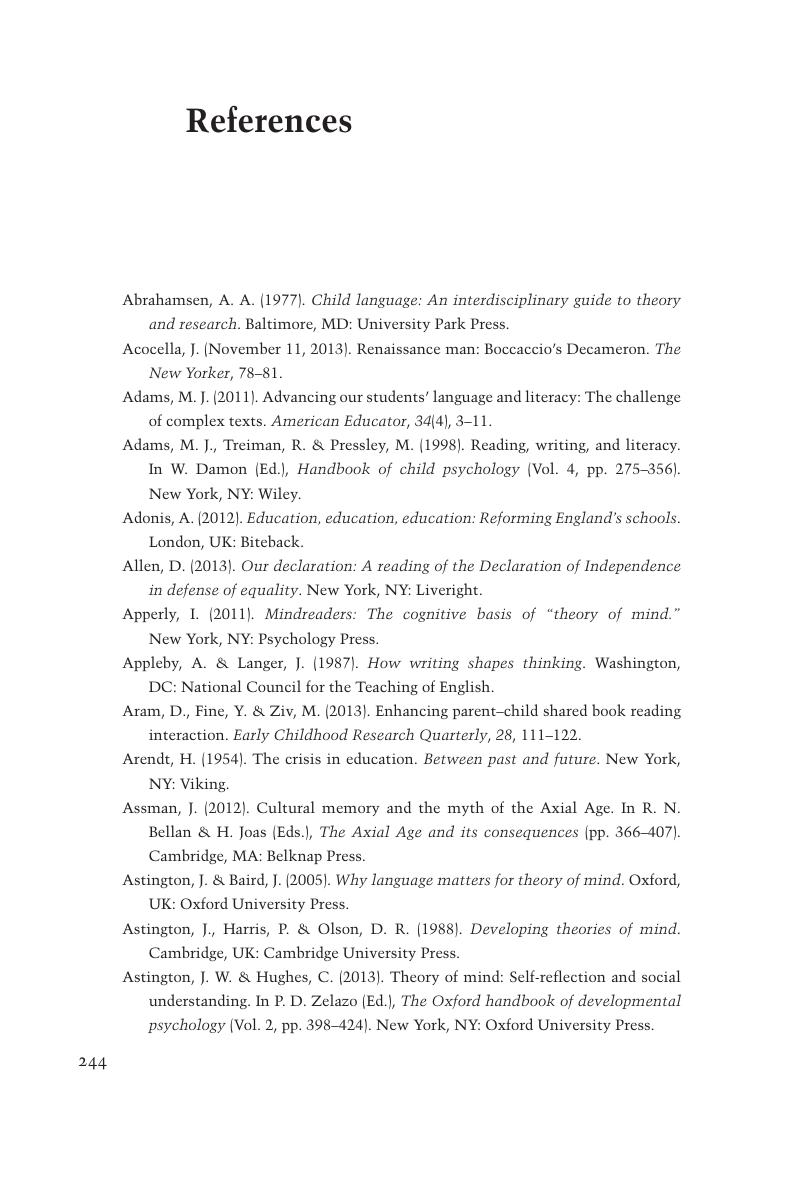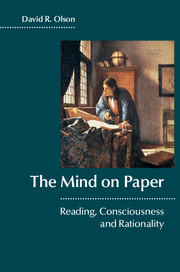Book contents
- The Mind on Paper
- The Mind on Paper
- Copyright page
- Dedication
- Contents
- Figures
- Preface
- Part I Introduction
- Part II Theories of the Relation between Writing and Mind
- Part III Reading and the Invention of Language about Language
- Part IV The Implications and Uses of Metarepresentational Language
- Part V Conclusions
- References
- Author Index
- Subject Index
- References
References
Published online by Cambridge University Press: 24 November 2016
- The Mind on Paper
- The Mind on Paper
- Copyright page
- Dedication
- Contents
- Figures
- Preface
- Part I Introduction
- Part II Theories of the Relation between Writing and Mind
- Part III Reading and the Invention of Language about Language
- Part IV The Implications and Uses of Metarepresentational Language
- Part V Conclusions
- References
- Author Index
- Subject Index
- References
Summary

- Type
- Chapter
- Information
- The Mind on PaperReading, Consciousness and Rationality, pp. 244 - 261Publisher: Cambridge University PressPrint publication year: 2016



